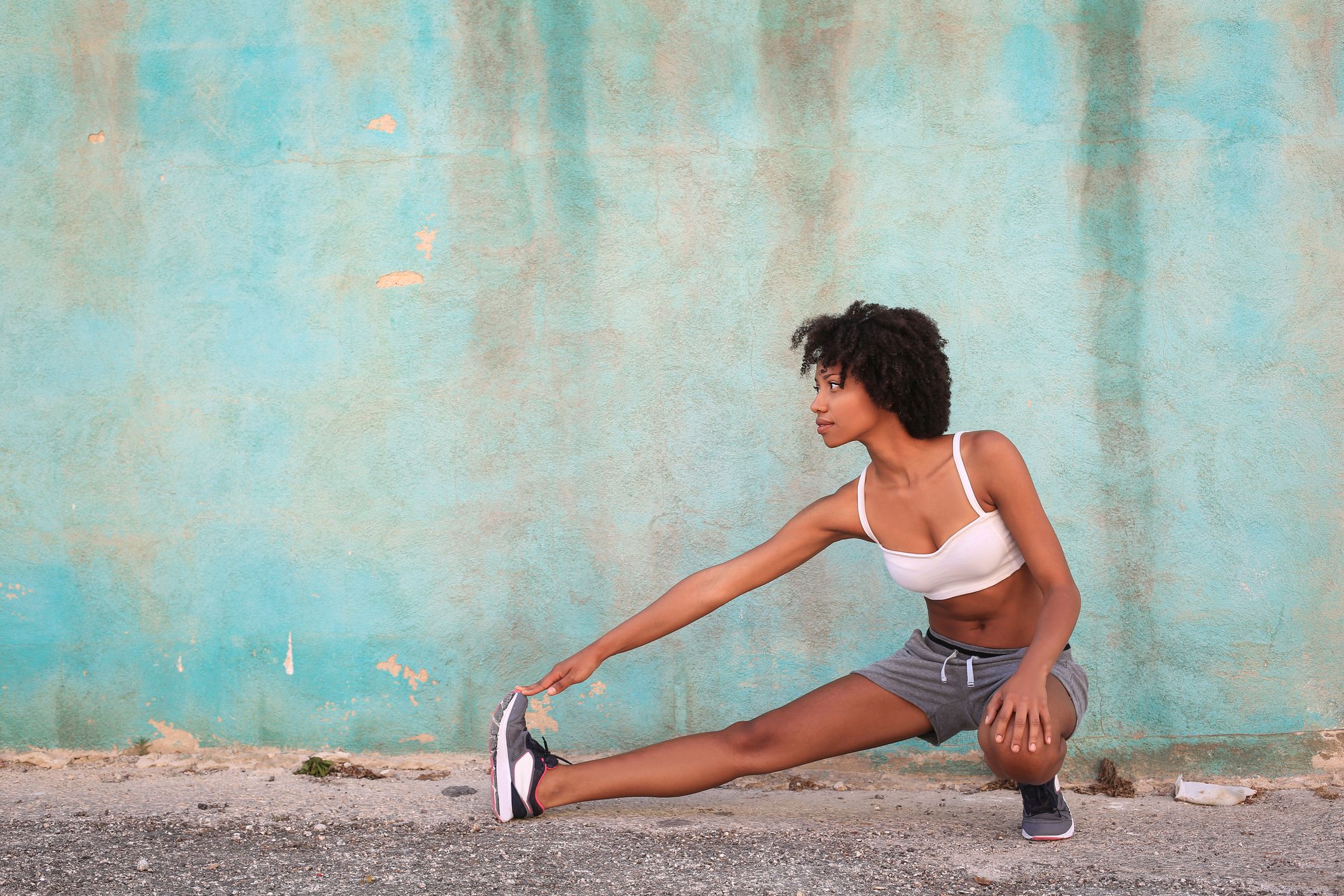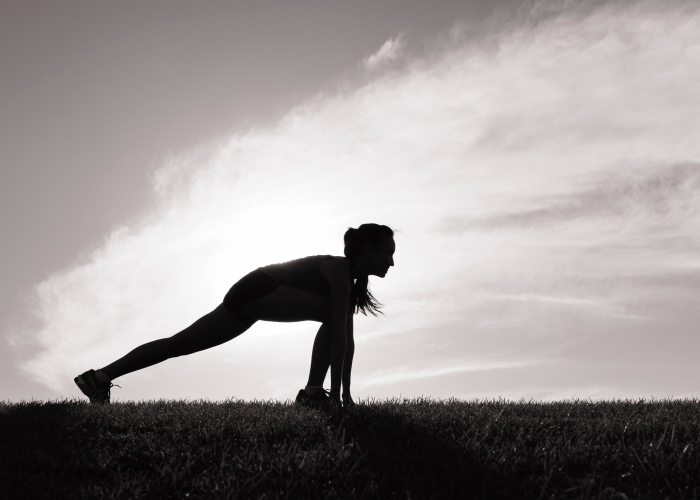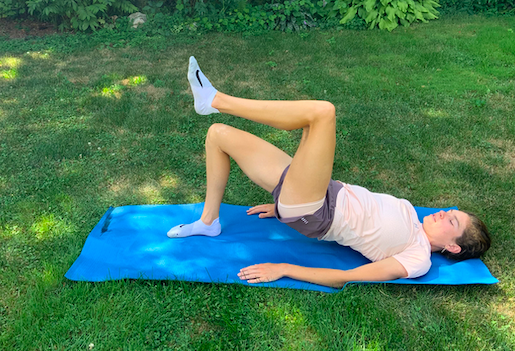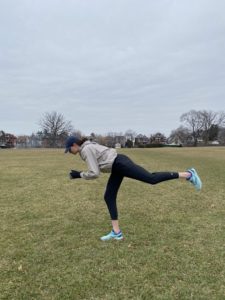Exercises to strengthen your hamstrings
Add these moves into your strength training routine for to prevent injury and make you a faster runner

Yesterday, we put the focus on the hamstrings and talked about why it’s so important for runners to keep them strong and healthy. We said we would return today with some exercises to help you do just that, and so here we are to make good on that promise. The following exercises can be done with little to no equipment, making them easy to add to your weekly routine, even if you don’t have access to a gym. Whether you struggle with hamstring injuries or not, every runner should incorporate these exercises into their regular strength routine.

RELATED: At-home strength training: resistance band workout for runners
Exercises to strengthen your hamstrings
For the following seven exercises, aim to perform eight to 12 repetitions (per side, if applicable) for three sets, with one to two minutes of rest between each set. As you get stronger, you can add weight, reduce the number of reps and increase your rest to increase your strength and power. Be sure to keep your core engaged the entire time you’re performing these exercises.
The glute bridge: Lie down on your back with your feet flat on the floor and your knees bent. Engage your core so that your back is pressed against the ground, squeeze your glutes and push your hips into the air until you form a straight line from your knees to your shoulders. Pause at the top, then slowly lower yourself back to the ground, keeping your core engaged. To make this move more difficult, you can hold a weight on your hips, or wrap a resistance band around your thighs to engage the sides of your glutes.

Single-leg glute bridge: Start in the same position as the glute bridge, only this time, extend one leg so your foot is in the air and your extended leg is in line with your planted leg. Tighten your core, squeeze your glutes and push your hips into the air, trying to prevent your torso from tipping to one side. Pause at the top, then slowly lower back down to the starting position. You can also add weight to increase the difficulty.
Hamstring walk-outs: Begin in the same starting position as the glute bridge. Lift your hips as if you were performing a glute bridge, only this time when you get to the top, start taking small steps with your weight in your heels and your toes up until your legs are straight, keeping your hips up and your core and glutes engaged the entire time. Once your legs are fully extended, pause, then relax to the floor. Reset in the starting position, then repeat the movement. To make it more difficult, instead of dropping at the bottom, you can walk your feet back up to the starting position, and eventually add a weight on your hips as well.
Hamstring slides: For this move, you will either need sliders, towels (if you have hard floors) or plastic bags (if you have carpet). Place the sliders under your heels, and begin as you would for the glute bridge. Engage your core and glutes and lift your hips into the air, until you form a straight line. Slowly extend your legs so your heels are sliding away from you, keeping your core and glutes engaged until your legs are straight. Once you’ve extended your legs as far as you can, squeeze your glutes and hamstrings and return to the starting position. To make this move more difficult, raise your arms off the floor (making you less stable), and eventually try doing it one leg at a time.
Floor glute-ham raise: This can be done with a partner or by yourself, but if you are alone you’ll need somewhere to secure your feet (the underside of a couch or bed could work well). Place something under your knees to cushion them, and kneel on the ground so your torso is upright and forms a straight line from your knees to your head. Tuck your feet under the couch or bed, or have your partner hold onto your ankles. Squeeze your glutes and hamstrings, and slowly lower your torso toward the ground without bending at your hips. Go as far as you can (you may only be able to move a few inches at the beginning), then return to the starting position. This is a very advanced move, but to make it harder, hold a weight in front of your chest.

Single-leg Romanian deadlift: Begin standing on two feet, keeping your back tall, your core engaged and your knees slightly bent. Raise one foot slightly off the ground, extending your leg out behind you slightly. Hinge at your hips and lower your torso, keeping only a slight bend in your knee, until your chest is parallel to the ground (be sure to keep your back straight) and your opposite leg is extended out behind you. Squeeze your hamstrings and glutes to return to standing. To increase the difficulty, hold a couple of dumbbells in front of you.
Reverse-plank knee drives: Begin in a straight-arm reverse-plank position, with your palms under your shoulders and your legs stretched in front of you with your heels on the floor. Squeeze your core and glutes to keep your hips level, so your body forms a straight plank from your heels to your shoulders. Drive one knee into your chest, pause, then return your heel to the floor and repeat on the opposite side. To make this move even harder, perform all repetitions on one side before switching to the other.
RELATED: At-home strength training: bodyweight exercises for runners


